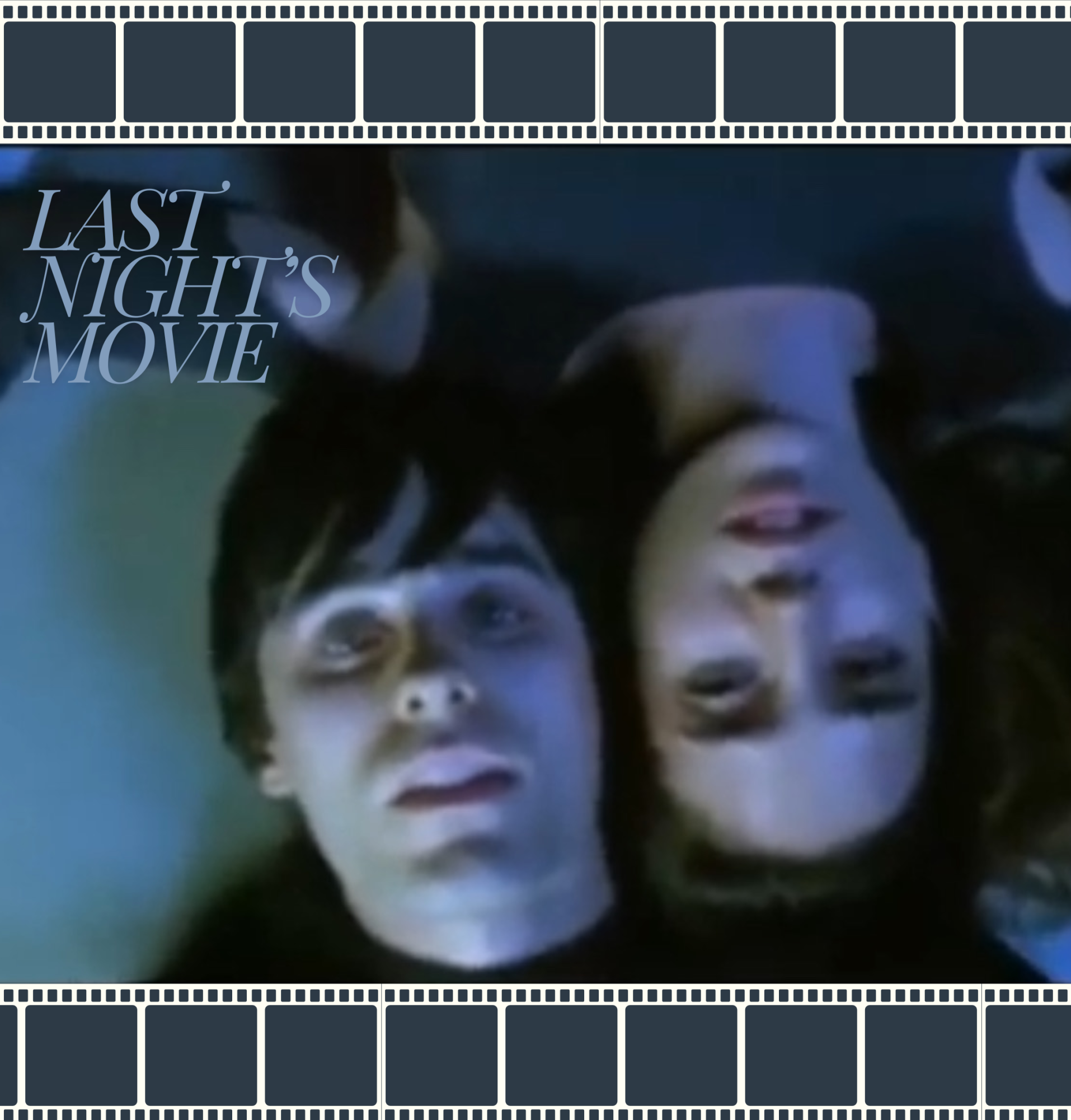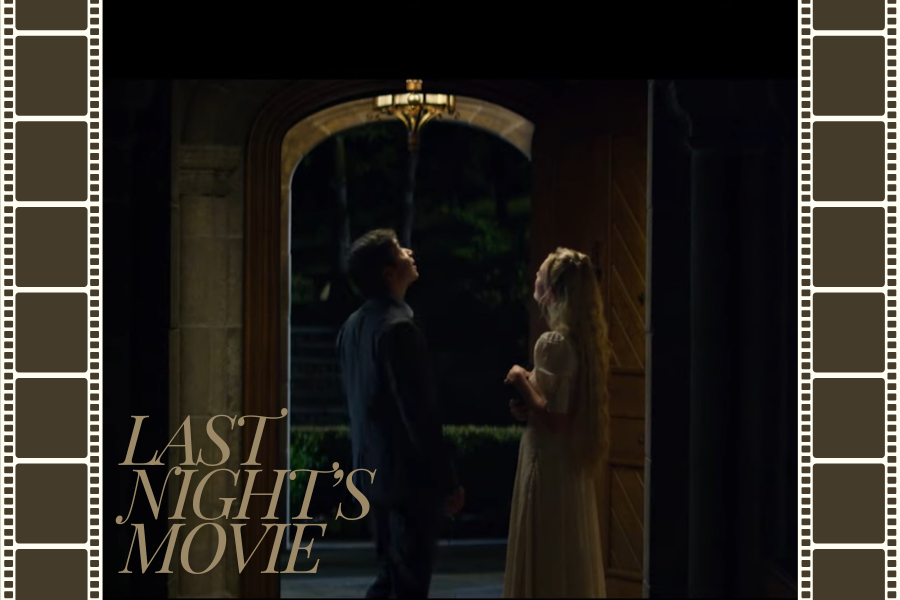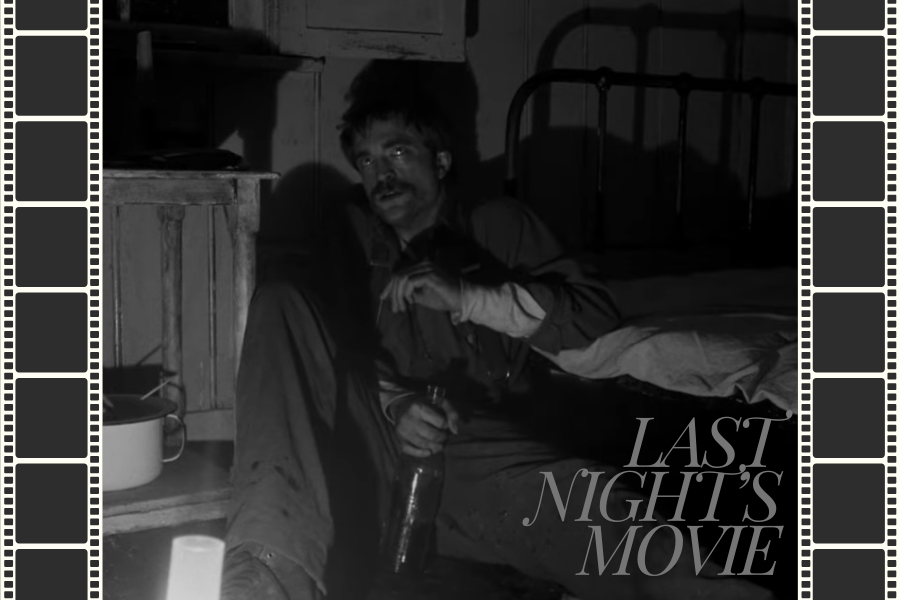Last night’s movie [4]

Darren Aronofsky’s 2000 horror/drama “Requiem for a Dream” impeccably plays on the emotions of viewers. Overall, we give the movie an 8/10.
The movie explores themes of addiction and why people fall into addiction. Through the parallel stories of main character Harry Goldfarb (played by Jared Leto), his mother Sara (Ellen Burstyn), his girlfriend Marion (Jennifer Connelly) and his close friend Tyrone (Marlon Wayans), four separate stories of addiction, how people fall into their addictions and the tolls it takes on them are told.
Main character Harry regularly uses heroin from the beginning of the movie, at first only using occasionally, but, as the movie progresses, he falls deeper and deeper into his addiction. Harry’s addiction is fueled by his want to make a better life for himself, both using it to escape his reality, and dealing to fuel his desire to get rich fast.
As Harry falls deeper into his addiction, it–without spoiling too much–takes not only a mental, but also a physical toll on his body.
His mother, Sara, in her desire to become a contestant on a TV show, begins using weight loss drugs. She uses the drugs, which were prescribed to her, in order to quickly improve her image, as she finds that dieting doesn’t work for her.
For Sara, making it onto TV is her escape from loneliness; she doesn’t even want to claim the cash prize. The loss of Harry’s father, and Harry growing away from her, leave her with a loneliness that hanging out with her friends can’t distract from.
Harry’s girlfriend, Marion, while also addicted to drugs, primarily struggles with her relationships with the men in her life, and being taken advantage of by them. This cruelty she experiences basically turns into an addiction of its own, as allowing it to continue is what she believes to be her only option.
Marion is also largely weighed down by her addiction, letting it stop her from pursuing her dream of becoming a fashion designer.
Similarly, Tyrone’s struggles stem partially from his drug use, but also from his shared desire with Harry to make more money. Tyrone takes on the brunt of the work of his and Harry’s dealings, and eventually suffers because of it.
Each of the four stories offers different insights into the world of addiction. In Harry’s case, it shows more of the mental toll addiction takes on people. As he continues his use of heroin, his emotions progressively get more sporadic and he has little to no self-control or care for his own health and safety.
Through his mother, Sara, the film exhibits the negative psychological effects of drugs. While at first the weight loss pills give her energy and a sense of purpose, they eventually make her restless and deluded until she completely loses her grip on reality. Also through Sara, concerns on the inhumane treatment of addicts are addressed when she is hospitalized.
In Marion’s story, drugs are a leeway to her true addiction of reliance on others. This inability to exist on her own, and her fear of being left behind, leads to abuse and a further dependence on the drugs; thereby creating a vicious circle of pain that she has no way out of.
When she is with Harry, her needs are being fulfilled through him; he gives her the attention she needs, cares for her and makes her feel like she has a purpose. When Harry is gone, she has to go elsewhere to get her needs fulfilled, ending up in a much worse situation than she was in before.
Via Tyrone, the movie explores how drugs and drug dealing are often seen as ways to make money, especially in situations where money is scarce, and how the fear of poverty can instigate anyone into doing dangerous things. Tyrone’s character shows the failings of the justice system and police when it comes to dealing with drugs, as there are many times throughout the film where these groups end up doing more harm than good.
Together, the four drive home the theme that a person having an addiction and/or doing things related to drugs do not make them inherently bad. Rather, it is their situation that leads to this misuse of drugs, and then the tragedies that follow.
Aside from the production’s impeccable storytelling, the other aspects of the film are what truly tie it together. The film is perfectly shot in a way that portrays the strong, complex emotions of the characters. It is also wonderfully scored, building up perfectly in tense moments, and doing just the right amount in calmer scenes.
In portraying the anxieties of the characters, the film is shot in a way that can only be described as Dateline-esque. It is fast paced, and the camera angles capture the happenings of the characters in a way that is very reflective of the tone of the scene.
The combination of shots that are farther away from the characters and more close-up shots allow watchers to get a much greater sense of the emotion of the scenes.
The score of the film left nothing to be desired. It was tense in the perfect moments, it was more relaxed when it needed to be, overall portraying the themes and motifs of the movie impeccably.
Overall, this movie was a very enjoyable watch. We feel that the only areas where it lost points were the anxiety it created within audiences and the disturbing nature of some scenes. Though we realize that this was likely the goal, it was, at times, very overwhelming.








